The Fredrickson group at UC Santa Barbara uses self-consistent field theory to explore the formation of defects in diblock copolymers.


The Fredrickson group at UC Santa Barbara uses self-consistent field theory to explore the formation of defects in diblock copolymers.
Experiments have resulted in gold films with a theoretically expected transparency of over 80% in the visible range.
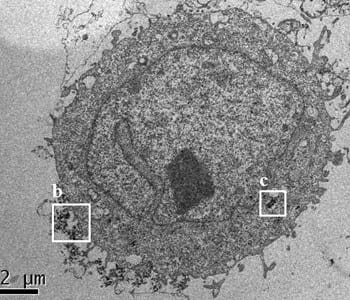
The combination of flow cytometry and X-ray fluorescence enables semi-quantitative estimation of cellular SiO2 nanoparticles and their biological effects.
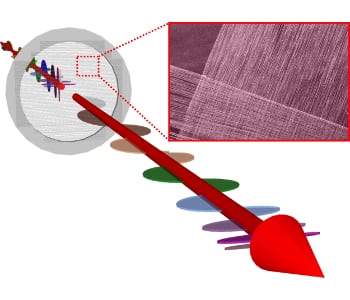
Cole et al. report the fabrication of free-standing, horizontally aligned carbon nanotube membranes.
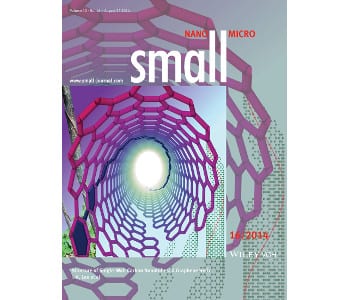
Researchers report that SWCNTs are tubular graphene in a unique armchair configuration, resulting from the growth of a zigzag graphene ribbon.
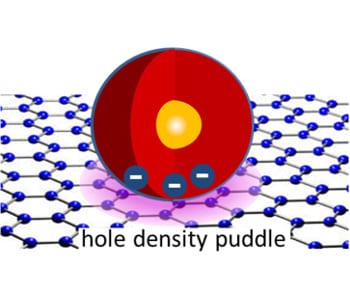
New work shows that new class of nanocrystals coupled to graphene causes bi-excitons to experience recombination and simultaneous emission of photon pairs.
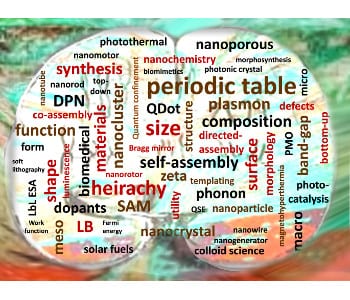
Professor Geoff Ozin and co-workers aim to categorise and organise the multifaceted properties and behaviours of nanomaterials.
A team have developed the first stimuli-responsive protein hydrogel whose mechanical properties can be dynamically tuned in response to external stimuli.
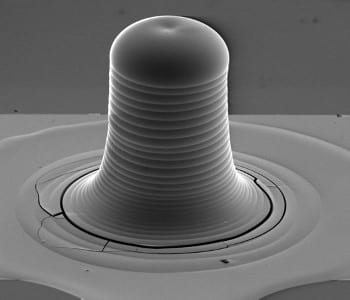
new research has combined inkjet printing and metal nanoparticle inks as a novel, low-cost solution for interconnect fabrication.
Research shows that gold nanorods effectively inhibit the migratory and invasive properties of various metastatic cancer cell lines in vitro and in vivo.